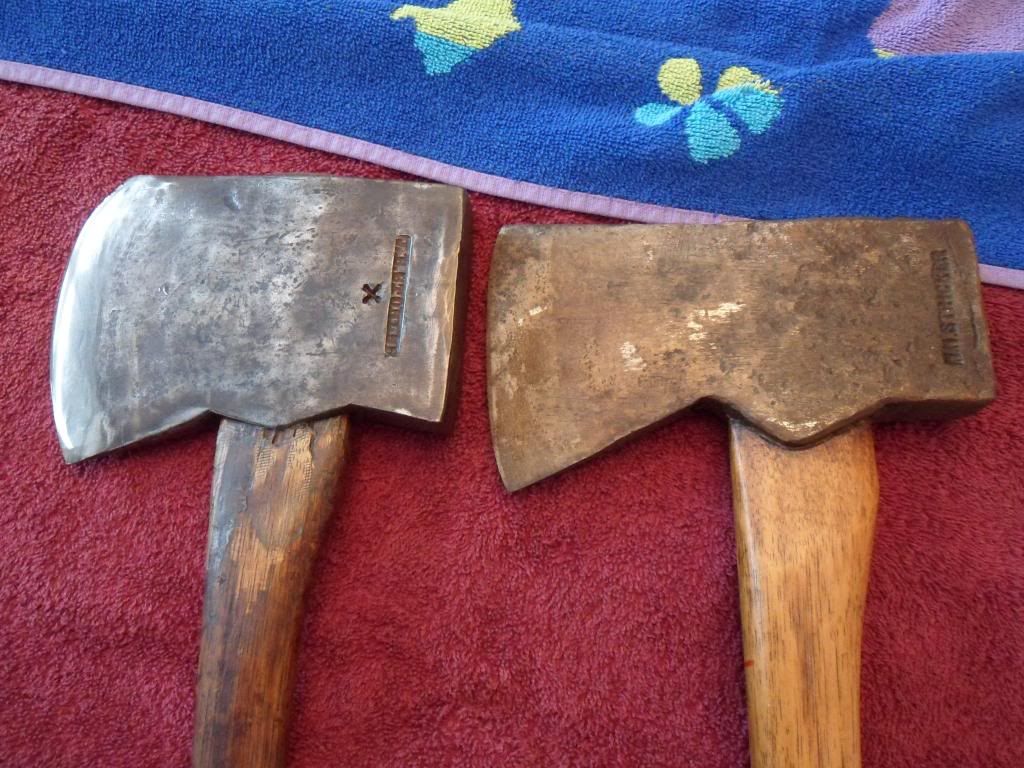- Joined
- Jan 29, 2014
- Messages
- 1,638
COTS, those two axes were found in Virginia and Pennsylvania. Since I started down the axe crazed road 55 years ago my best early finds, say 1750 - 1850 were hands down in VA, PENN, and Maryland. North Carolina and New York were good places for early axe picking also. Looking at some of the tools you guys on the east coast are finding, it must still be good picking there?
Thanks! I know some of the guys here who find a lot of stuff live on the east coast. I'm in Ks and I guess every axe that was ever bought is still being swung on occasion by our farmers. I rarely find anything. Most auctions (and I've been to very few of them) where I have seen axes, they have been thoroughly used and abused.
To get side tracked, there is this old fellow that is sort of infamous around town and he makes very little effort to maintain his property (read, no effort). I believe the Cedar trees which infest this area were introduced, but aside from those, his place is pretty well grown over - a large section. It's interesting because it contrasts against all the farmland around it which has very few trees except for hedge rows and the like. Don't know, but sure seems like there was a lot of tree clearing done in this part of the country. Other evidence seems to contradict this though. I've heard conservationists claim there are more trees here now in eastern Kansas, than X years ago. I don't know, but the other day when I drove past it place I had to wonder if that is what eastern Kansas looked like before settlers arrived? I don't think many people think of the "Kansas Jungle".



